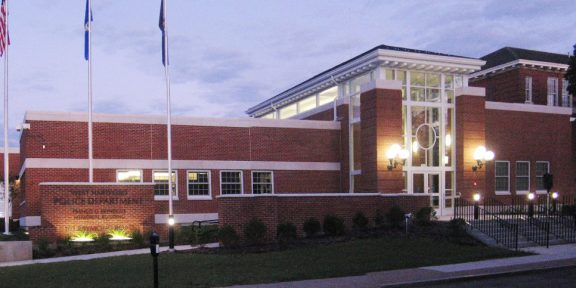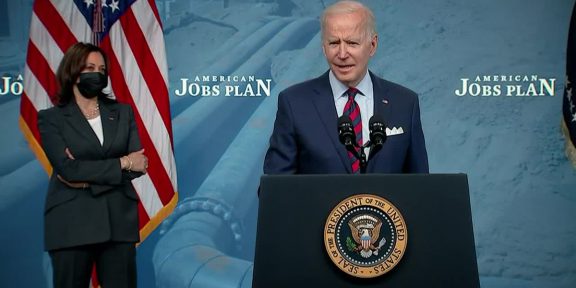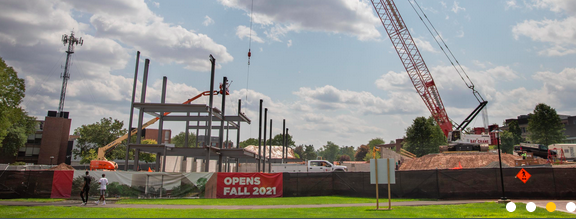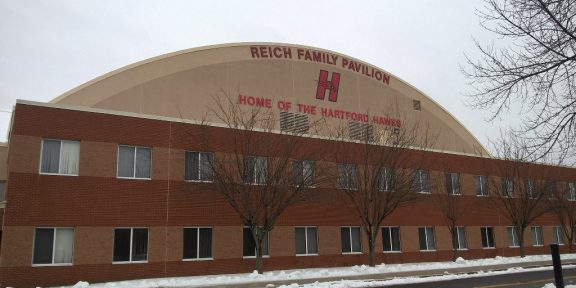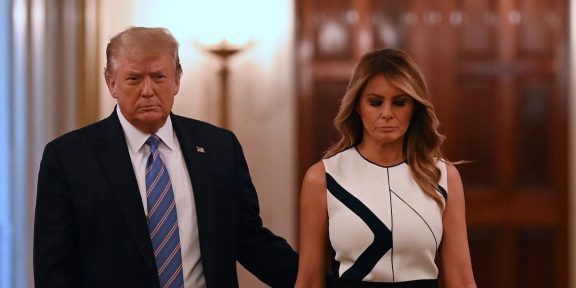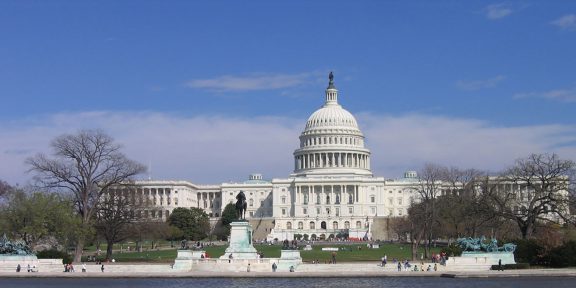Since the calling-off of all competitions back in March, the healthcare workers within Hartford Athletics are focused on getting athletes back into the gym and on the field–all while containing the spread of Covid-19. This proves to be a tricky endeavor, however, as administration strives to integrate pandemic policies with the logistics of athletic competition.

“Our athletics department took a rather, I wouldn’t say conservative, but definitely the slower approach in making sure that we don’t see a spike in test results,” said Jarret Kratzer, Associate Athletic Director and one of the Healthcare Administrators at the University of Hartford. He explained that this approach to establishing guidelines for athletic teams differs from those concerning the general population in that it centers around a group format. “In the university, you’re not going to see groups of 10 walking around together…but in athletics, we have things set up where we are keeping these groups together in an effort to mitigate transmission of spreading the virus.”
This method stems from the “resocialization” guidelines that the NCAA issued back in July, which details the use of masks, physical distancing, sanitization and testing practices for a training environment. The statement even goes so far as to advise the use of an “electronic whistle” to subvert the “deep breath and forced burst of droplet-filled air that results from the use of a traditional whistle.”
These resocialization guidelines also categorize each sport as being low, medium, or high risk in terms of spreading the virus. “There’s so many nuances that play into each sport,” Kratzer claims. “The teams in each of these categories fall under the consideration of ‘How likely is it to be distanced while playing this sport? How many contacts are you having? Is it hand to hand or foot to foot?’”

Although the NCAA guidelines have been critical in shaping regulations for Hartford’s teams, healtcare administrators must also refer to policies at the State and University levels, as well as those put forth by the America East Conference. “It’s quite the balancing act between these four entities,” Kratzer said. “Our conference may go deeper and say ‘Hey, the NCAA may be mandating this but we would like to take a more conservative approach.’”
Along with acquainting themselves with the information from these multiple institutions, healthcare administrators must then translate it to those it affects most: athletes and coaches. A conversation between administrators and head coaches occurs weekly, an event in which Kratzer claims mediation is key. “Being able to balance these two schools of thought is a challenge” he admitted. “There’s just very opposite ends of the spectrum–not because coaches don’t care about health and safety by any means—it’s just that they’re not as educated on some of the health concerns that athletic trainers are.”
However, greater challenges lie ahead, especially with winter competitions being scheduled in the upcoming months. “Just because we start games doesn’t mean that we’re completely out of the water,” Kratzer said. “What’s going to be difficult is the logistics of ‘O.K., so we’re off for two weeks cause the entire teams quarantined, so what do we do now?’”
Although he doesn’t expect the work to get any easier, Kratzer remains optimistic about the road ahead. “Just like anything, you take it in stride, cause we’re all learning at the same rate,” he stated. “There’s always a way, sometimes it just takes a little time to figure it out.”

